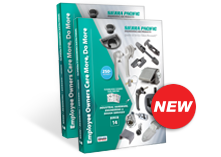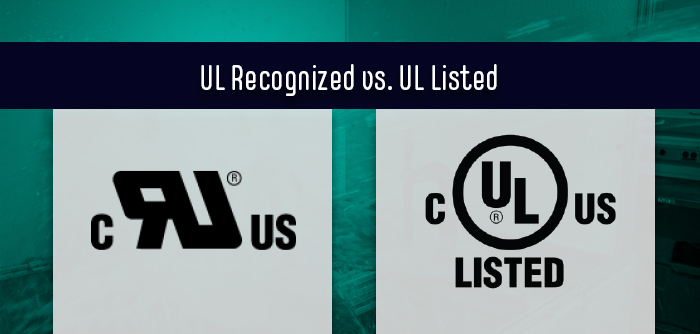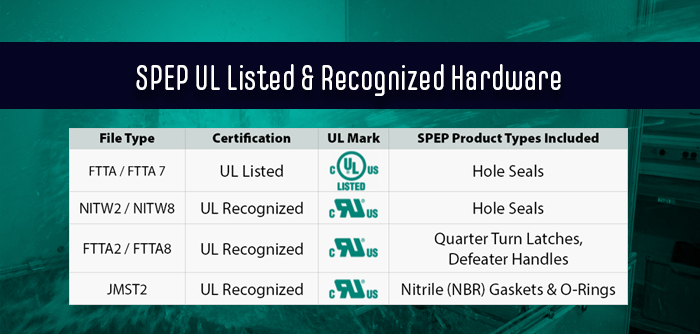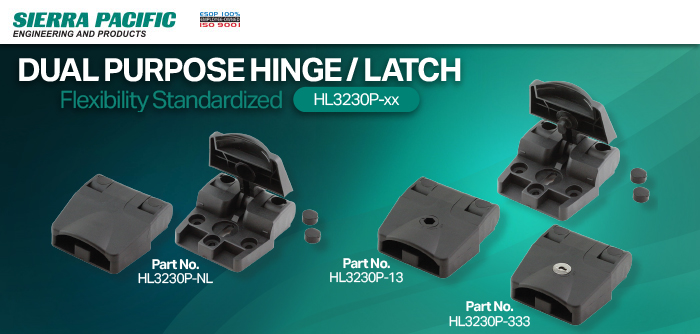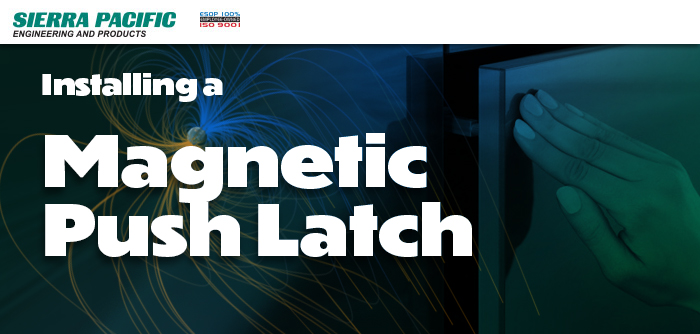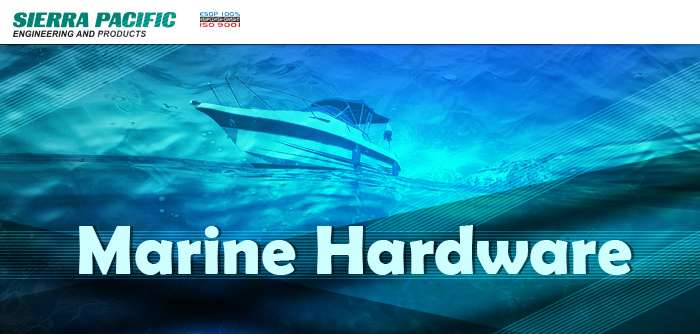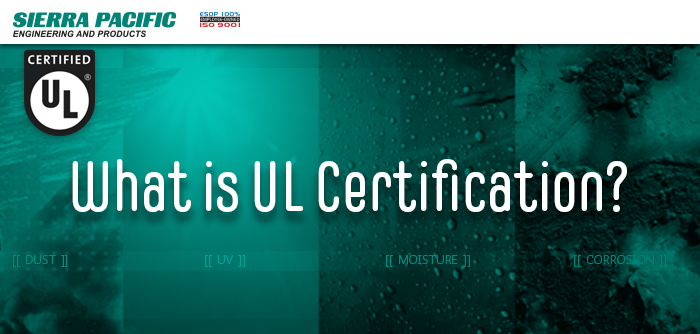
Many industries, such as healthcare, construction, manufacturing, and transportation, require workers to earn various certifications. These certifications demonstrate the individual’s ability to perform the duties required by their role. What about the equipment they use? Shouldn’t they also be subjected to a certification process?
The UL Certification process does just that. UL Certification is a mark of safety and compliance that means a product has been tested for safety science, quality, and security standards. Discover more about UL certification and why UL Certification is important for adhering to safety standards and providing peace of mind.
History of UL Certification
UL, Inc. (known as Underwriters Laboratories Inc.) is a safety certification company with offices and laboratories worldwide. First established in 1894, the certification company is a vital component of assuring safety and compliance across various industries.
UL performs several services, including the certification of personnel, products, facilities, processes, and systems. Their main goals are to improve employee and consumer safety, and to create sustainable working environments. They are responsible for testing and certifying over 22 billion different products annually in more than 143 countries.
In addition to its certification services, UL is an accredited standards developer in the U.S. and Canada, creating industry standards for manufacturers that innovate new products. To date, UL has developed over 1,500 regulations to improve processes and increase safety.
UL started as a non-profit company but became partially for-profit in 2012. One of the most significant changes came in 2024 when UL became a publicly traded company. This development has led some to question its ability to remain neutral and therefore the value of its approvals. Businesses are encouraged to keep up with new developments in this story to understand how the shift might affect UL Certification.
How Does UL Certification Work?
The pathway to UL Certification may differ slightly depending on your business or the specific project, but in general, there are some steps that you and UL Solutions must always take during the process. The three main components of the process involve planning, testing, and ultimately receiving results that provide the business with authorization to use the UL Mark.
A common misconception is that UL tests every end product themselves, but they usually must have their engineers and inspectors witness the tests if not completed at UL labs. However, that’s not usually the case. Generally, a manufacturer will test their product against UL standards. After, a follow-up is conducted to confirm the testing was administered in accordance with the outlined guidelines.
The certification process includes:
- Project scope planning and service agreement
- General construction and review of products
- Evaluation/Testing per required UL standards (ideally done at UL labs for most authentic/reliable results. Witnessed testing at a manufacturer facility or chosen 3rd party lab is permitted but with strict guidelines.)
- Investigation report on compiling data recording
- Periodical follow-up inspections/audits
Products are continuously monitored, tested, and audited to ensure they meet UL requirements. Prior to the coronavirus pandemic in 2020, UL witnesses must have been physically present at testing sites but now they do allow remote witnessing and have relaxed some other guidelines since. UL standards are stricter than general industry baselines, therefore testing outside the lab is quite difficult for most manufacturers to achieve. Certain product groups would be hard to test outside the UL labs due to hazardous tests, special testing apparatuses, and smaller specialty labs may not even have the capabilities.
Why UL Certification Is Important
You’ve likely seen a UL logo in your lifetime. The UL mark is most commonly spotted on the following:
- Industrial equipment
- Home appliances such as heaters and power supplies
- Electronic components and connectors (fuses, electrical panels, circuit breakers, smoke alarms, fire extinguishers, switches, relays, printed circuit boards, and transistors)
Why does UL Certification matter? As technology continues to advance, companies look for new ways to gain a competitive advantage. Manufacturing processes require uniform safety and implementation standards for new products. UL testing ultimately helps establish trust among all participants in the supply chain and ensures that standards are met, and products are developed with the safety of personnel and end-users in mind.
UL Certification matters for the following reasons:
High Standards
A UL Mark isn’t a hollow stamp. The mark signifies that the product has undergone rigorous testing to ensure it meets the high-level criteria set forth by UL. Not only does the testing prove that the product is safe, but it also demonstrates that the product will function as expected.
Safety
A UL Listed product signals to consumers that the manufacturer has done their part. The manufacturer has ensured the product has undergone the appropriate testing to confirm it’s compliant with UL regulations. Product certification can also protect manufacturers in cases where accidents or disasters occur.
Value
UL Certification motivates companies to produce high-quality products, which they can appropriately and comfortably charge consumers for to earn a profit. Product safety is a major concern for consumers, and they are often willing to pay more for a product that meets quality standards and safety requirements. Furthermore, a UL Listed product benefits third parties, such as insurance companies, through taxes and reduced insurance claims.
Peace of Mind
UL Certification offers peace of mind. Manufacturers can feel confident investing in UL Recognized components, knowing breakdowns are less likely and costly repairs due to low quality won’t be a concern. Consumers and their pocketbooks can also rest easy, knowing they are purchasing a quality product that meets UL requirements. This means they won’t need to spend additional money on the same product due to low performance or safety issues.
UL Recognized vs. UL Listed
There is a lot of terminology used to describe UL’s involvement with different products. Terms like UL Certified, UL Approved, UL Tested, or UL Rated are generic ways to describe that a product has been reviewed by UL in some way. Other terms like UL Recognized and UL Listed are used to describe specific types of UL Certification that different products can carry. Neither of these terms describes how a product is actually intended to perform under various conditions, and there are additional categories and type ratings assigned to different classes of products to set those expectations for consumers.
UL Listed
This certification is reserved for complete, stand-alone products, such as a variety of consumer goods. UL Listed products are tested against nationally recognized safety, longevity, and sustainability standards to confirm the product is free from significant risks, such as fire or electric shock. Most hardware components are not eligible to be UL Listed because their functionality relies on integration with multiple other mating components in the final application. For example, a complete enclosure can be UL Listed but not the individual latch used on the door of that enclosure. Exceptions to this are components without moving pieces, such as oil hole seals, which can be UL Listed when proper installation instructions are included with the product.
UL Recognized
This certification is for components used as part of a larger system or more complex assembly, such as most industrial hardware items like latches, hinges, and handles. UL Recognized components establish baselines for their mechanical properties which help verify that the final product is safe to use, properly housed, efficient, and sustainable. Even if all sub-components of a system are UL Recognized, the resulting final product must still be evaluated separately to become UL Listed. For example, if a UL Recognized latch is used on an enclosure, that enclosure must still undergo separate testing before becoming UL Listed. Furthermore, if the manufacturer of an already UL Listed enclosure wants to swap components from one UL Recognized latch to a different UL Recognized latch, that enclosure must be re–tested verifying consistent functionality to maintain the UL Listed status.
UL Categories & Type Ratings
You’ll encounter a variety of codes and numbers when seeking UL certification, and it can be challenging to make sense of them all. Two common values to be aware of include Category Control Numbers (CCN) and UL Type Ratings.
CCN refers to an identification number that UL provides to products that have been tested and certified to meet the necessary safety standards for use in different applications. CCNs typically consist of four letters and a number, i.e. FTTA2 or NITW8, which indicates the classification to which the part belongs.
UL Type Ratings are the different ratings that components might receive according to their intended uses. An example of how such a rating might appear on a component is the code 4X, which indicates the item’s expected performance. Other areas of testing that a UL Type Rating might indicate include material type, mechanical strength properties, corrosion resistance, and degree of sealing protection from water and dust.
When you receive a UL Certification Mark, you’ll notice several aspects besides the UL logo, including attributes that express the quality the component has been tested for (safety, performance, energy, etc.). Country codes use the two-digit ISO (International Organization for Standardization) abbreviations to indicate the country where these standards are used for certification. Unique identifiers – or file numbers – are specific to the product and provide more context about its certification. Finally, newer UL Marks will include QR codes for users to scan with their phones and get more information about the certification.
UL Certification and SPEP
Sierra Pacific Engineering and Products (SPEP) proudly carries a variety of UL Recognized and UL Listed components. These parts and hardware ensure the highest degree of safety and performance, providing our customers with peace of mind and a competitive edge. Contact us today to learn more about our selection of UL certified parts and pricing.
Editor’s Picks

Sierra Pacific Engineering College Scholarship Program
Feb 7, 2022
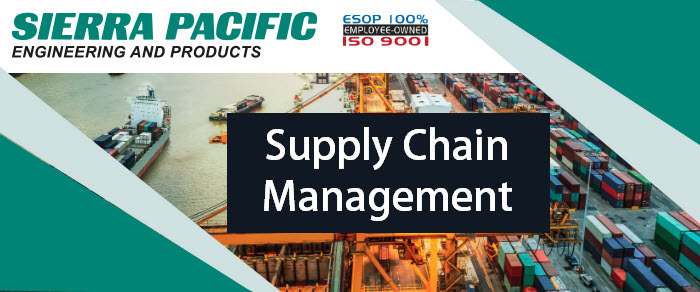
What is Supply Chain Management, and Why Is It Important?
Jan 13, 2022
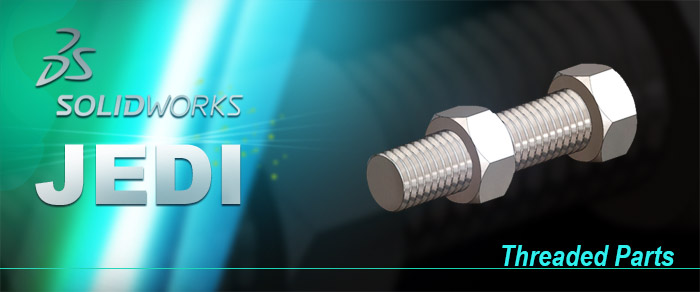
How To Make Threads in Solidworks: Become a Solidworks Expert
Nov 10, 2020
